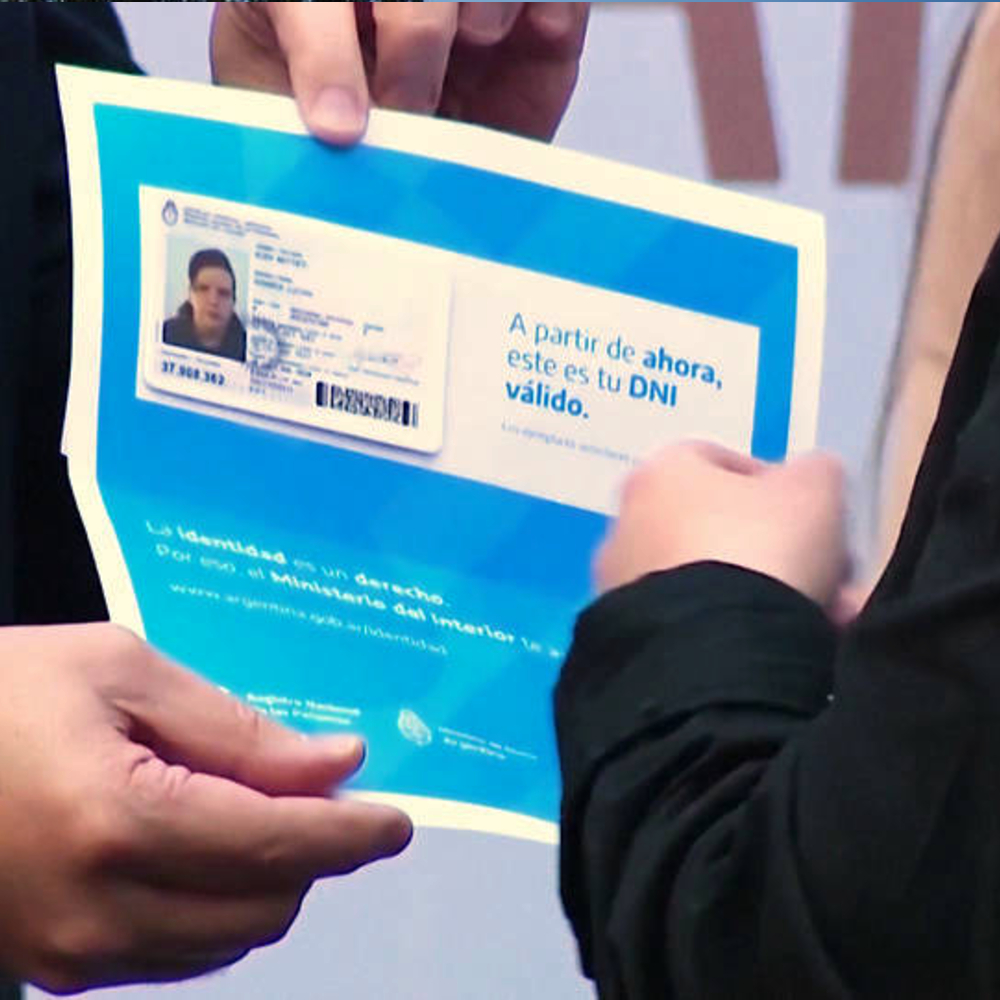X is a path forward in the inclusion of all human beings to be recognized and protected
X as an option for gender identity goes beyond just nonbinary. According to Human Rights Watch, X now encompasses “non-binary, undetermined, unspecified, undefined, not informed, self-perceived, not recorded; or another meaning with which the person who does not feel included in the masculine/feminine binary could identify.” In Argentina, this new recognition is seen as a step in the right direction towards full gender equality. The New York Times reports even this step wasn’t without controversy, “as one person who received a new document Wednesday wore a T-shirt that read, “We are not ‘X’.” Mr. Fernández later noted that the nonbinary marker was not an ideal solution. He expressed hope that someday it may not be necessary and that everyone would be referred to in gender-neutral terms.”
Argentina had paved the way for SOGI human rights in 2012
In 2012, Argentina passed a transgender rights bill that allows people whose gender identity doesn’t match their physical characteristics to change their gender from male to female or vice versa as well as their name. According to The Advocate, “The vote was 55-0.” That’s a vote which, even at the time, stunned the polarized democracies around the world. Alejandro Nasif Salum summed up the historic event in his writing for Outright Action International — ”On the night of Wednesday, May 9th Congress of Argentina enacted the Gender Identity and Health Comprehensive Care for Trans People Act. It is the first time that the Argentinean Congress fully recognizes the rights of trans people, and the rule is probably the most advanced in the world in this regard. From now on, anyone, just by manifesting his or her will through an affidavit, may request in the Civil Registry the change of sex and name in his or her identity card and birth certificate.”
Historical context of women’s leadership in human rights
Lastly, a brief look back at the history drafting the UDHR (Universal Declaration of Human Rights) reminds us that the ideal of gender equality began with women leading the way. Early drafts of the UDHR began with “All men are born free and equal.” It took the strength of many non-Western female leaders and in particular, Hansa Mehta from India. The OHCHR (Office of High Commissioner for Human Rights) shares her story — ”As a delegate to the UN Commission on Human Rights (1947 to 1948), Hansa Mehta was a staunch fighter for women’s rights in India and abroad. She is widely credited with making a significant change in the language of Article 1 of the UDHR, by replacing the phrase “All men are born free and equal” to “All human beings are born free and equal.” It is activists like Hansa Mehta and so many from Latin America and Argentina who have created a more gender-inclusive world. The strength of the people of Argentina who have united in their gender diversity serves as a spark of hope that, in time, more of the world will get to gender equality. Being inclusive of nonbinary people is an important step. Ultimately, all gender identities and expressions should be considered as human beings born free and equal in dignity and rights.
Joel Klausler, 26th June, 2021

